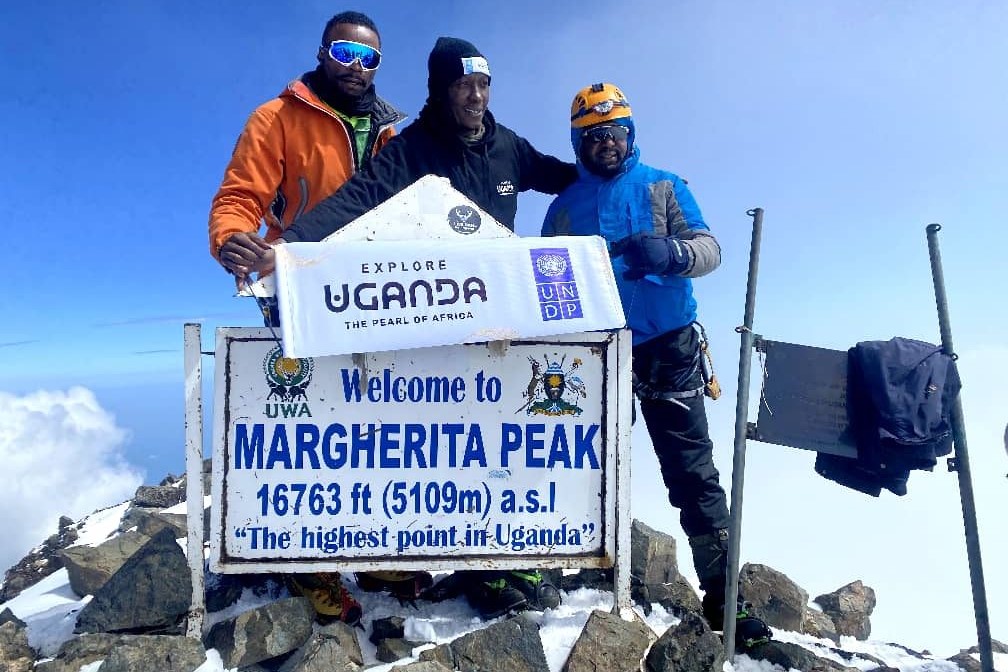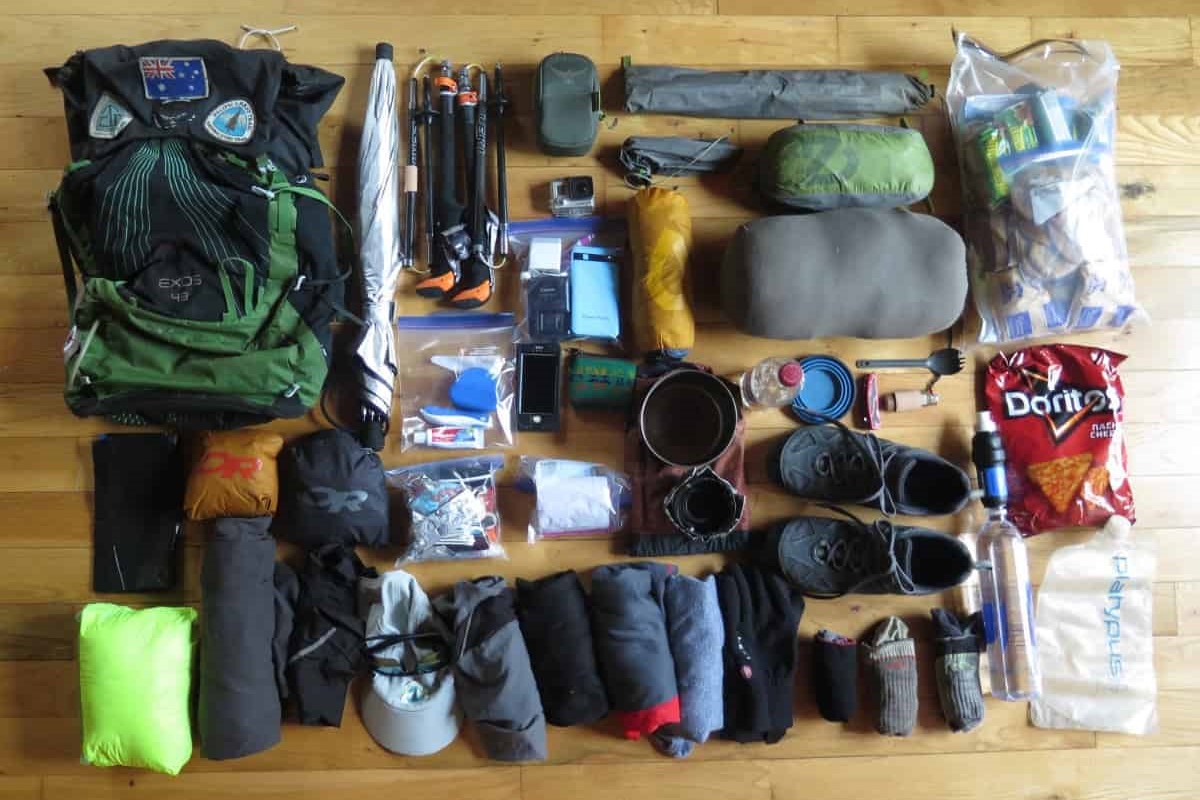- Home
- Uganda
- Gorilla Trekking Safaris
- 15 Day Gorillas – Chimps and Big 5 Safari
- 14 Day Uganda-Rwanda Wildlife & Primates Safari
- 10 Day Uganda Wildlife and Primates Safari
- 10 Day Highlights of Uganda Safari
- 8-Day Uganda Gorilla – Chimpanzee and Big Five Safari
- 7 Day Murchison Falls with Chimps and Gorillas
- 6 Day Gorillas and Lake Mburo Safari
- 6 Day Gorilla Trekking and Queen Elizabeth
- 5 Day Gorillas and White Water Rafting Safari
- 3 Day Uganda Fly to Bwindi Gorilla Safari
- 3 Day Gorilla Trekking and Batwa Trails in Bwindi
- 3 Day Gorillas and Lake Bunyonyi Safari
- Wildlife Safaris
- 22 Days Best of Uganda Wilderness Adventure
- 18 Day Exploring Uganda Safari
- 15 Day Uganda – Kenya -Tanzania Adventure
- 14 Days Uganda & Kenya Wildlife Safari
- 12 Day Mountain Rwenzori Trekking and Wildlife
- 11 Day Uganda Classic Honeymoon Safari
- 7 Day Sipi Falls and Kidepo Valley National Park
- 4 Day Kibale Forest Chimpanzee Tracking
- 3 Days Queen Elizabeth Wildlife Safari
- 3 Day Murchison Falls with Big 5 Adventure
- 3 Day Best of Jinja Safari Adventure
- Birding & Fishing Tours
- 21 Days Birding Uganda and Gorilla Trekking Safari
- 18 Days Birding Tour with Gorilla Trekking
- 15 Days Uganda Birding Safari with Gorillas and Chimps
- 10 Day Birding Uganda and Game Drives
- 10 Day Uganda Fishing Safari with a Boat Cruise
- 4 Day Murchison Falls Fishing Safari
- 3 Day Mabamba Shoebill Birding Safari
- Gorilla Trekking Safaris
- Rwanda
- Kenya
- Tanzania
- Long Safaris
- 15 Day Uganda – Kenya and Tanzania Safari Holiday
- 14 Day Tanzania Wildlife Safari & Pangani Beach Holiday
- 10 Day Wildlife and Kilimanjaro Cultural Safari
- 9 Day Kilimanjaro Hiking Safari in Tanzania
- 9 Day Highlights of Tanzania Safari
- 8 Day Best of Tanzania Wildlife Safari
- 8 Day Classic Honeymoon Package with Zanzibar
- Short Safaris
- Long Safaris
- National Parks
- Uganda
- Rwanda
- Kenya
- Tanzania
- Serengeti National Park
- The Ngorongoro Conservation Area
- Tarangire National Park
- Lake Manyara National Park
- Mount Kilimanjaro National Park
- Arusha National Park
- Gombe National Park
- Katavi National Park
- Kitulo National Park
- Mahale Mountains National Park
- Mikumi National Park
- Mkomazi National Park
- Nyerere National Park (Selous)
- Ruaha National Park
- Rubondo Island National Park
- Saadani National Park
- Udzungwa Mountains National Park
- Blog & Tips
- About Us
- Contact



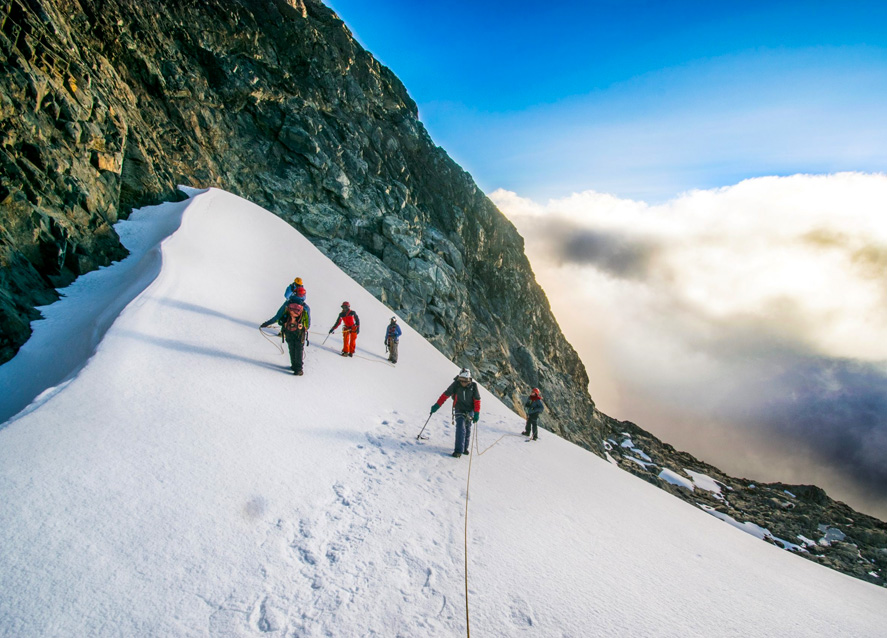 Mountains National Park in Rwanda is renowned for offering some of the most challenging and rewarding hiking and mountaineering experiences in East Africa. The park’s steep peaks, glaciers, and rugged landscape entice experienced climbers and trekking aficionados from across the world.
Mountains National Park in Rwanda is renowned for offering some of the most challenging and rewarding hiking and mountaineering experiences in East Africa. The park’s steep peaks, glaciers, and rugged landscape entice experienced climbers and trekking aficionados from across the world.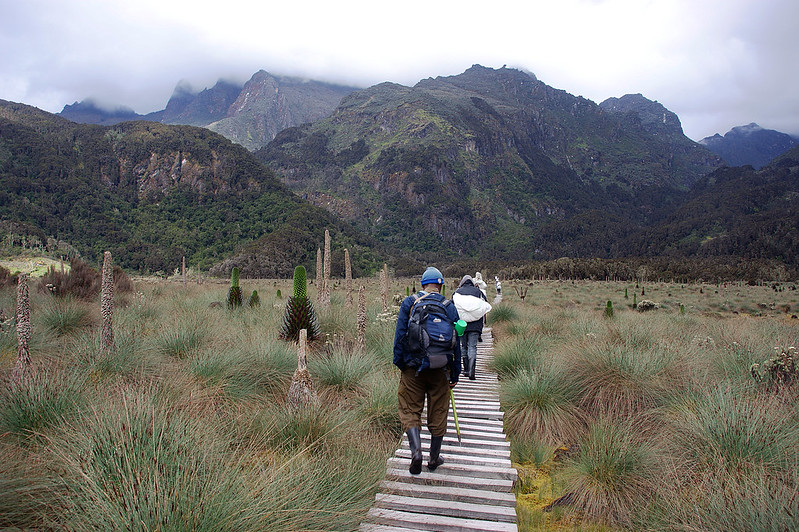 Rwenzori Mountains National Park offers nature lovers a great opportunity to enjoy its phenomenal environment in detail through guided nature walks; These nature walks have the visitors walking along the lower slopes of the park, where the diverse ecosystems thrive in green, misty forests.
Rwenzori Mountains National Park offers nature lovers a great opportunity to enjoy its phenomenal environment in detail through guided nature walks; These nature walks have the visitors walking along the lower slopes of the park, where the diverse ecosystems thrive in green, misty forests.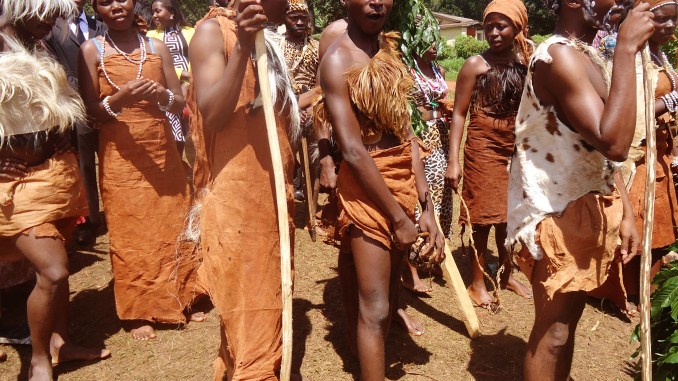 Communities around Rwenzori Mountains National Park are rich in cultural diversity that provides the visitor with an exceptional experience of the region’s traditions and way of life; There is local culture that tourists can experience through organized cultural tours, which allow them to engage in an experience of the Bakonzo community, the main inhabitants of the Rwenzori region, particularly in Kasese District.
Communities around Rwenzori Mountains National Park are rich in cultural diversity that provides the visitor with an exceptional experience of the region’s traditions and way of life; There is local culture that tourists can experience through organized cultural tours, which allow them to engage in an experience of the Bakonzo community, the main inhabitants of the Rwenzori region, particularly in Kasese District.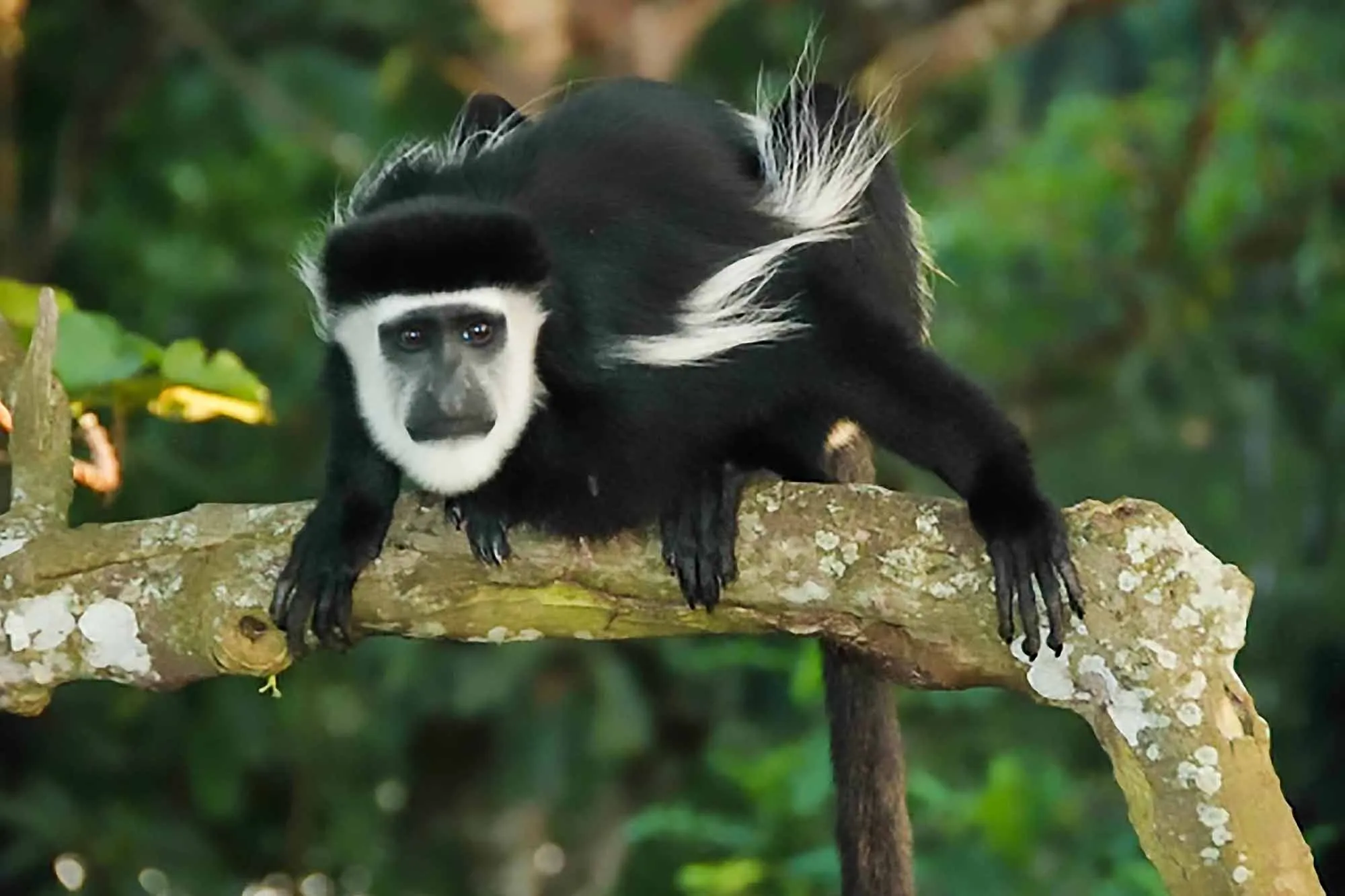 Although the huge mountains of Rwenzori Mountains National Park are the attraction, the park also offers a hair-raising opportunity for wildlife viewers to get glimpses of various animal species, particularly in the lower mountains and lush forests that wrap themselves around the mountains.
Although the huge mountains of Rwenzori Mountains National Park are the attraction, the park also offers a hair-raising opportunity for wildlife viewers to get glimpses of various animal species, particularly in the lower mountains and lush forests that wrap themselves around the mountains.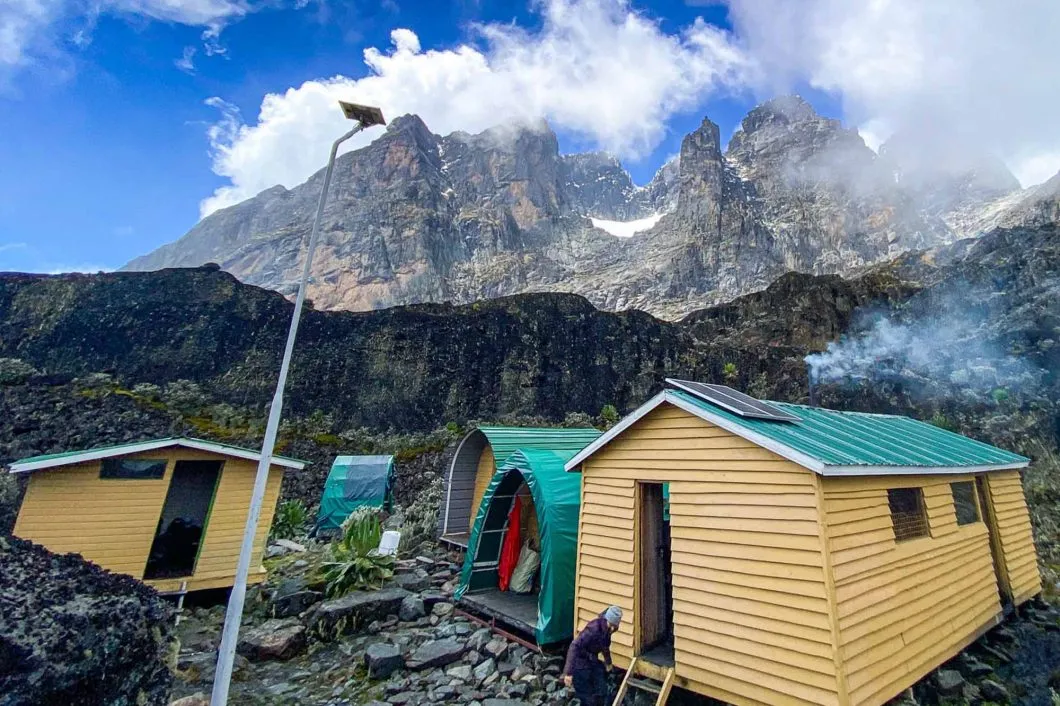 Rwenzori Mountains National Park provides visitors with areas for camping and picnicking, all located within the park’s stunning natural landscapes. If you wish to camp out under the stars or simply have a leisurely day out, the well-developed areas give you the chance to enjoy the park’s wilderness for yourself.
Rwenzori Mountains National Park provides visitors with areas for camping and picnicking, all located within the park’s stunning natural landscapes. If you wish to camp out under the stars or simply have a leisurely day out, the well-developed areas give you the chance to enjoy the park’s wilderness for yourself.